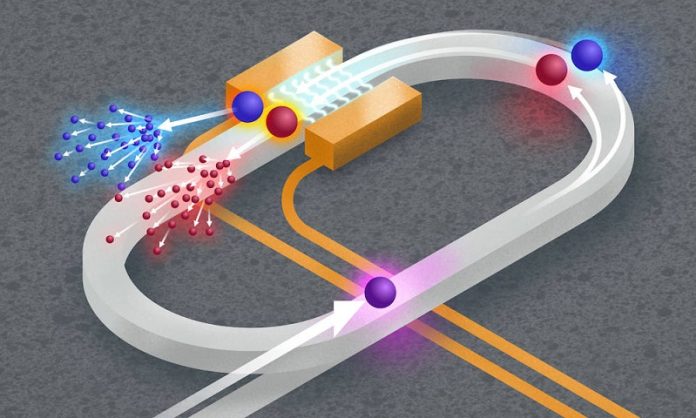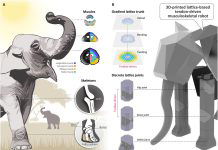
Scientists from the University of Rochester’s Hajim School of Engineering & Applied Sciences have made a major leap in quantum computing.
They’ve created a tiny optical chip that can handle complex simulations related to quantum physics.
This is a huge deal because these kinds of simulations are often too complicated or even impossible for regular computers.
The team was led by Professor Qiang Lin, an expert in electrical and computer engineering and optics.
Their groundbreaking work was recently published in a journal called Nature Photonics.
You might be wondering, “What’s so different about this new chip?” Well, Lin’s team conducted simulations in a sort of virtual space that copies the real world.
They did this by controlling the color of light particles, known as photons, that are connected at a quantum level, as time passes.
This is unlike traditional methods where the routes these photons take are controlled. Their new approach also uses less space and fewer resources, making it more efficient.
Professor Lin explains it like this: “We’ve managed to create a quantum-linked, artificial crystal for the first time.
Our method allows us to simulate quantum-scale phenomena, like the random movement of connected photons, in a larger virtual space.”
This new system could be a stepping stone to more complex simulations in the future.
One of the study’s lead authors, Usman Javid, who is a PhD student in optics, said: “While we already understand the systems being simulated, this experiment proves that our new method could potentially handle much bigger and more complex tasks. We can’t wait to explore this in the future.”
Other students involved in this project were Raymond Lopez-Rios, Jingwei Ling, Austin Graf, and Jeremy Staffa.
This revolutionary work was funded by the National Science Foundation, the Defense Threat Reduction Agency’s Joint Science and Technology Office for Chemical and Biological Defense, and the Defense Advanced Research Projects Agency.
In short, these scientists are helping to build the future of computing, one quantum leap at a time!



